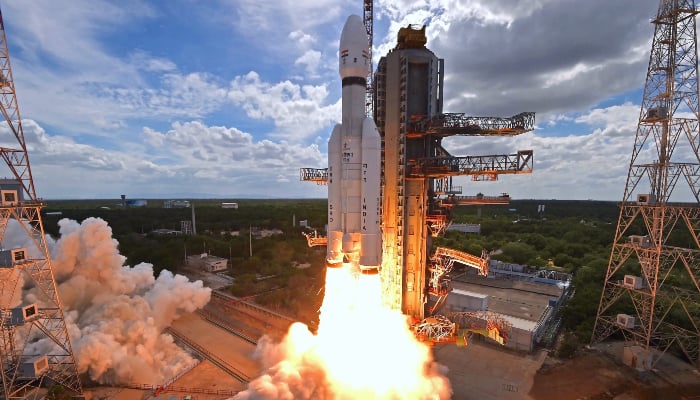
India has recently approved the single largest funds of 227 billion rupees ($2.7 billion; £2.1 billion) for its space missions.
According to BBC, the ambitious space projects of the country include the second phase of its historic mission to the moon, sending an orbiter to Venus, developing a new reusable heavy-lifting rocket to launch satellites, and building the first phase of the maiden space station of the country.
Experts around the world are surprised by the fact that the Indian Space Research Organization’s (ISRo) Moon, Mars, and solar missions have cost so little as compared to other big nations, as it has spent $74 million on the Mars orbiter Mangalyaan and $75 million on its historic mission to the moon Chandrayaan-3.
Meanwhile, NASA’s Maven orbiter cost $582 million, and Luna-25 of Russia landed on the Moon's surface two days before Chandrayaan-3 cost 12.6 billion roubles ($133 million).
Despite spending such low costs on space missions, India has achieved big and historic results.
Retired civil servant Sisir Kumar Das, who looked after Isro’s finances for more than two decades, explained the reason behind India’s low cost for space missions. is that all of ISRO’s mission technology and machines are manufactured in India.
He told the BBC, “Our scientists used it as an incentive to develop their own technology. All the equipment they needed was manufactured indigenously, and the salaries and cost of labor were decidedly less here than in the US or Europe.”
Mr. Das also highlighted that the Indian space since the beginning has worked with tight budgets due to conflicting needs and demand, which is why they know how to manage big projects with low cost.















